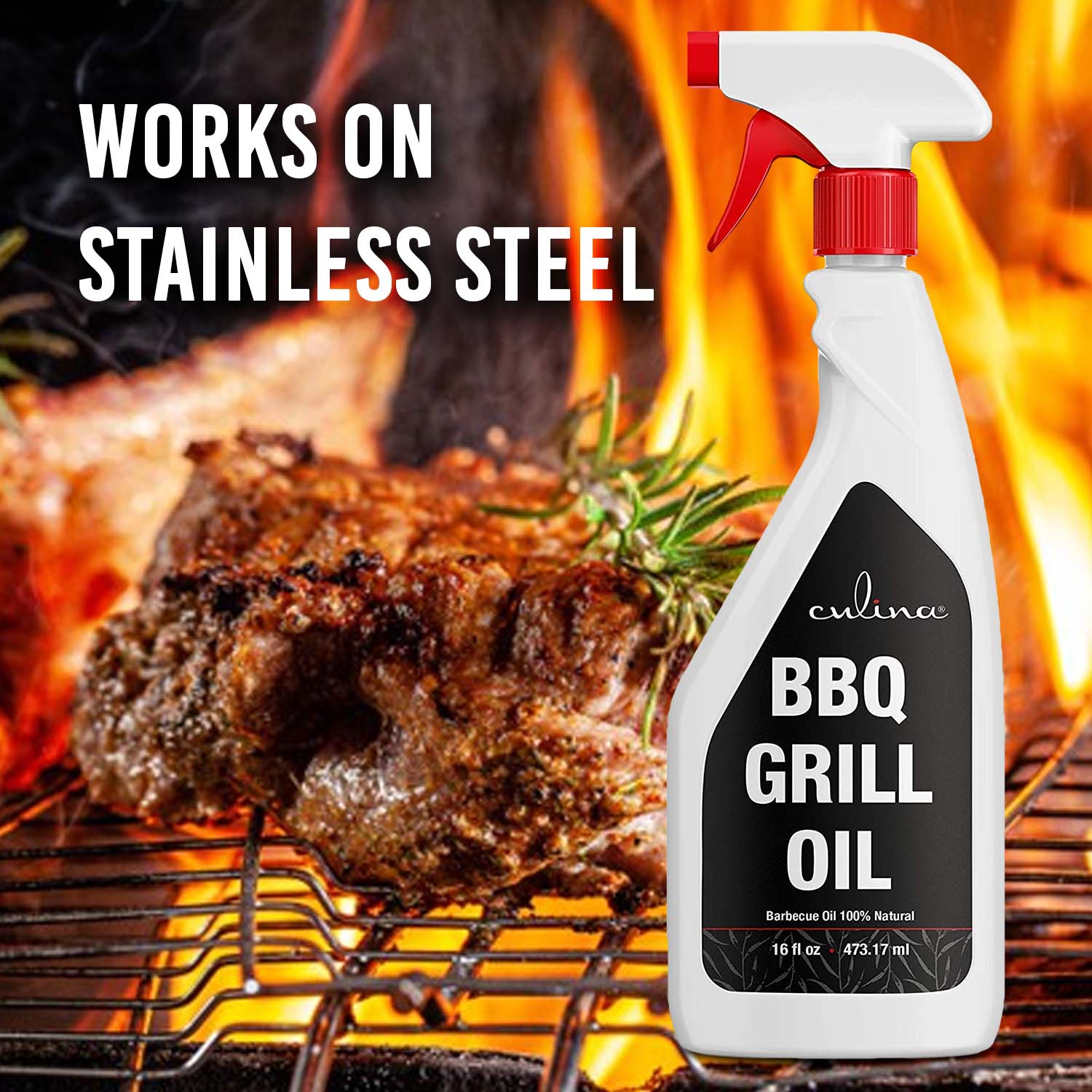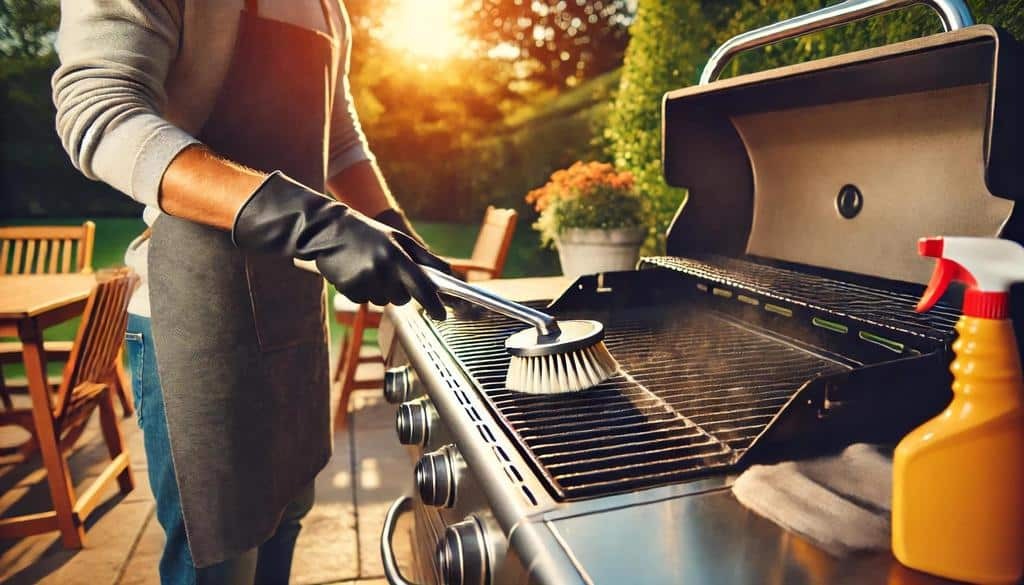Cooking ribs on a gas grill is both an art and a science. To achieve the perfect, fall-off-the-bone tenderness, it’s crucial to understand the process of slow cooking. This guide aims to break down the steps, timing, and tips for slow-cooking ribs on a gas grill to help you become a backyard barbecue master. Whether you’re a kitchen professional or a novice griller, this guide will provide you with invaluable insights.

Introduction to Slow Cooking Ribs
Slow cooking is a method that allows meat to become tender and flavorful over a long period. When it comes to ribs, this technique is particularly effective. But how long to slow cook ribs on a gas grill? The answer depends on several factors, including the type of ribs, the temperature of the grill, and your personal taste preferences.
Why Slow Cooking Works
Slow cooking works by breaking down the connective tissues in the meat, making it tender and juicy. The low heat allows the flavors to meld together, resulting in a delicious final product.

Types of Ribs
Baby Back Ribs
Baby back ribs come from the upper part of the ribcage and are generally more tender and less fatty compared to spare ribs.
Spare Ribs
Spare ribs are larger and come from the lower part of the ribcage. They are meatier and often preferred for slow cooking.

Setting Up Your Gas Grill for Slow Cooking
Indirect Heat Method
To slow cook ribs on a gas grill, you’ll need to set up for indirect heat. This involves lighting one side of the grill and placing the ribs on the opposite side.
The Importance of Temperature
Optimal Temperature Range
The ideal temperature for slow cooking ribs is between 225F and 250F. Maintaining this temperature range ensures that the ribs cook evenly.
How Long to Slow Cook Ribs on a Gas Grill
On average, ribs should be slow-cooked on a gas grill for 3 to 4 hours. However, this can vary based on the type of ribs, the grill’s temperature, and other factors.
Baby Back Ribs Timing
Baby back ribs typically take about 3 hours to slow cook at 225F.
Spare Ribs Timing
Spare ribs usually require about 4 hours at the same temperature.
Preparing Your Ribs
Marinades and Rubs
Marinating your ribs or using a dry rub can add an extra layer of flavor. Common ingredients include garlic, onion powder, and paprika.
Removing the Membrane
For best results, remove the thin membrane on the back of the ribs before cooking. This allows the flavors to penetrate the meat more effectively.
Step-by-Step Guide
Preheat the Grill
Start by preheating your gas grill to 225F. Set up for indirect heat by lighting one side of the grill.
Place the Ribs
Place the ribs on the unlit side of the grill. Close the lid and maintain a consistent temperature.
Check Periodically
Check the ribs every hour to ensure they are cooking evenly.
Use a Meat Thermometer
For perfectly cooked ribs, use a meat thermometer. The internal temperature should reach about 190F.
Finishing Touches
Applying Sauce
Apply barbecue sauce during the last 30 minutes of cooking. This prevents the sauce from burning.
Resting the Meat
After cooking, let the ribs rest for about 10 minutes before serving. This allows the juices to redistribute.
Common Mistakes to Avoid
Cooking at Too High a Temperature
Cooking at high temperatures can cause the meat to become tough and dry.
Not Using Indirect Heat
Direct heat can lead to uneven cooking and burnt ribs.
Additional Tips
Experiment with Wood Chips
Adding wood chips to your grill can enhance the smoky flavor of the ribs.
Keep a Water Pan
Placing a water pan in the grill can help maintain moisture.
Internal Links
For more, check out baby back ribs and elk steak.
External Links
Learn more from Taste of Home.
FAQs
How do I know when my ribs are done?
Use a meat thermometer to check the internal temperature. It should be around 190F.
Can I use a charcoal grill?
Yes, but the cooking times may vary. The principles of slow cooking with indirect heat still apply.
What type of wood chips should I use?
Hickory and applewood are popular choices for adding flavor to ribs.
As an Amazon Associate, I earn from qualifying purchases.


